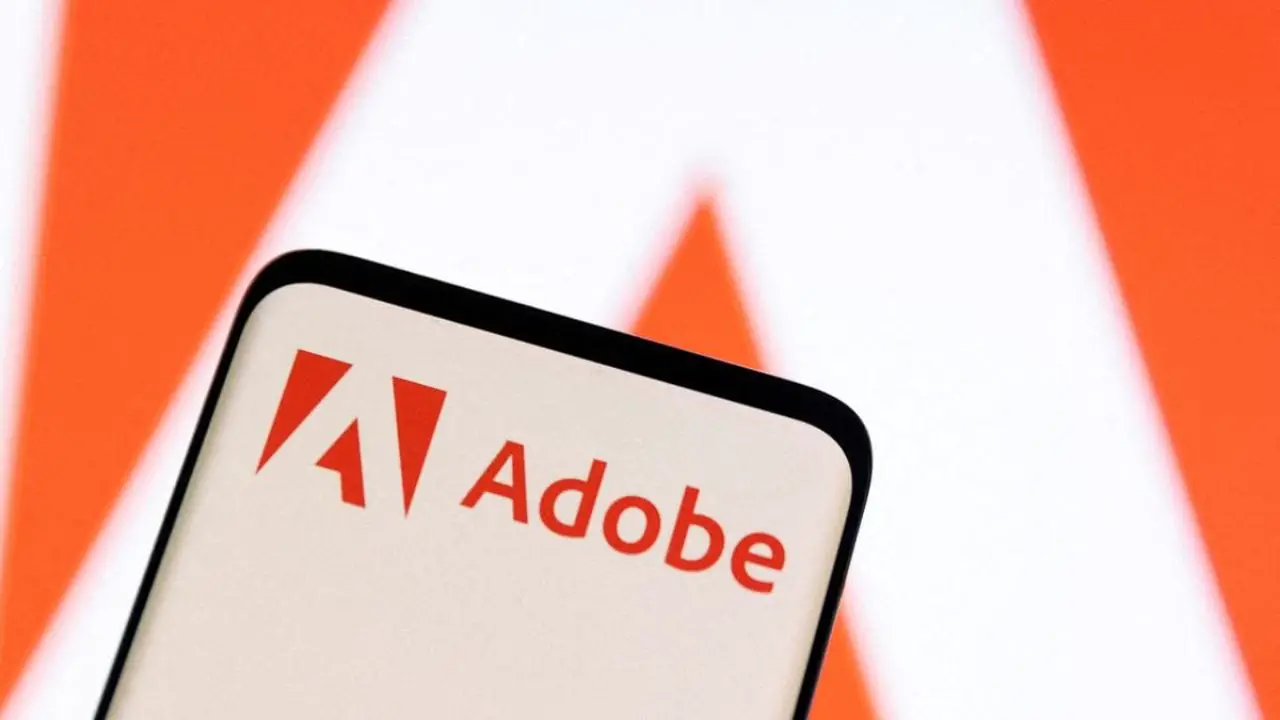
Note: This is a guest post written by Tim Johnson
Are you curious about why sans-serif fonts are so popular? Have you ever wondered why these fonts are everywhere in modern design and digital media? If you’re interested, I’ll explain everything in this article. We’ll look at the history of sans-serif fonts, what makes them different, why people like them, and how they’re used in branding and marketing. By the end, you’ll understand why sans-serif fonts are so popular and why designers and brands use them so much. Let’s get started!
History of Sans-Serif Fonts
Sans-serif fonts emerged in the 18th century as a new style without the trim lines (serifs) at the ends of characters. They were considered modern and straightforward compared to serif fonts. One of the first known uses was in England in the early 19th century by William Caslon IV. However, in the 20th century, they became famous, mainly thanks to Edward Johnston, who designed the Johnston typeface used in the London Underground. This helped establish sans-serif fonts for signs and branding.
Over time, these fonts evolved to include many styles, from the simple Futura to the more human-like Gill Sans. Today, sans-serif fonts are widely used in print and digital media for their clean look and readability.
Sans-Serif Fonts: A Modern Typography Choice
Distinctive Features:
- Clean Lines: Sans-serif fonts are characterized by their clean, crisp lines, which give them a modern and minimalist appearance.
- Lack of Serifs: Unlike serif fonts, which have small decorative lines at the ends of characters, sans-serif fonts are devoid of them, contributing to their sleek and straightforward look.
- Geometric Shapes: Many sans-serif fonts are based on geometric shapes, which add to their modern aesthetic and make them ideal for contemporary design.
Impact on Readability and Design:
- Readability: The absence of serifs in sans-serif fonts can enhance readability, especially in digital formats and smaller sizes, as the lack of extra detailing makes the characters more transparent and more accessible to distinguish.
- Design Versatility: Sans-serif fonts are highly versatile and can be used in various design contexts. Their simplicity allows them to seamlessly complement other typefaces and design elements, making them a popular choice for body text and headings.
- Modern Aesthetic: The clean, unadorned look of sans-serif fonts lends a modern and minimalist feel to designs, making them suitable for conveying a sense of simplicity, sophistication, and clarity.
Sans serif fonts have become a staple in modern design due to their clean lines, readability, and versatility. They are a popular choice for designers creating contemporary and visually appealing layouts.
Use in Digital Media:
Sans-serif fonts are crucial in digital design for their clean, modern appearance. They’re easier to read on screens, especially in smaller sizes, because they don’t have the fancy strokes of serif fonts. This simplicity helps convey information clearly and concisely, fitting well with the modern look many digital platforms aim for. Sans-serif fonts also work well on screens, staying transparent and easily read on different devices.
They can be used in many digital situations without losing their impact. Popular websites and apps like Google, Apple, Amazon, and Microsoft use sans-serif fonts like “Product Sans,” “San Francisco,” “Amazon Ember,” and “Segoe UI” to make their content easy to read and give it a modern feel.
Sans-Serif Fonts in Branding and Marketing
Importance of Font Choice in Branding:
- Brand Identity: The font choice is crucial in establishing a brand’s identity and personality. Sans-serif fonts are often chosen for their modern, clean, and professional appearance, which can help convey a sense of reliability and innovation.
- Brand Consistency: Using a consistent font across all branding materials helps reinforce brand recognition and consistency, making it easier for customers to identify and connect with the brand.
Examples of Successful Brands Using Sans-Serif Fonts:
- Apple: Apple uses the custom-designed font “Apple Sans” across its branding, logo, and product packaging. The font’s clean, straightforward design reflects Apple’s minimalist and innovative brand image.
- Google: Google’s logo and branding use the sans-serif font “Product Sans,” specifically created for Google. The font’s rounded edges convey a friendly and approachable image, reflecting Google’s user-centric approach.
Conclusion
In conclusion, sans-serif fonts are popular because they look clean and modern. They’re easy to read, which makes them great for branding and design. Their simple style gives a professional and innovative feel, making them a top choice for many designers. Sans-serif fonts will likely remain popular for a long time, shaping how we see and use typography in the digital age.






